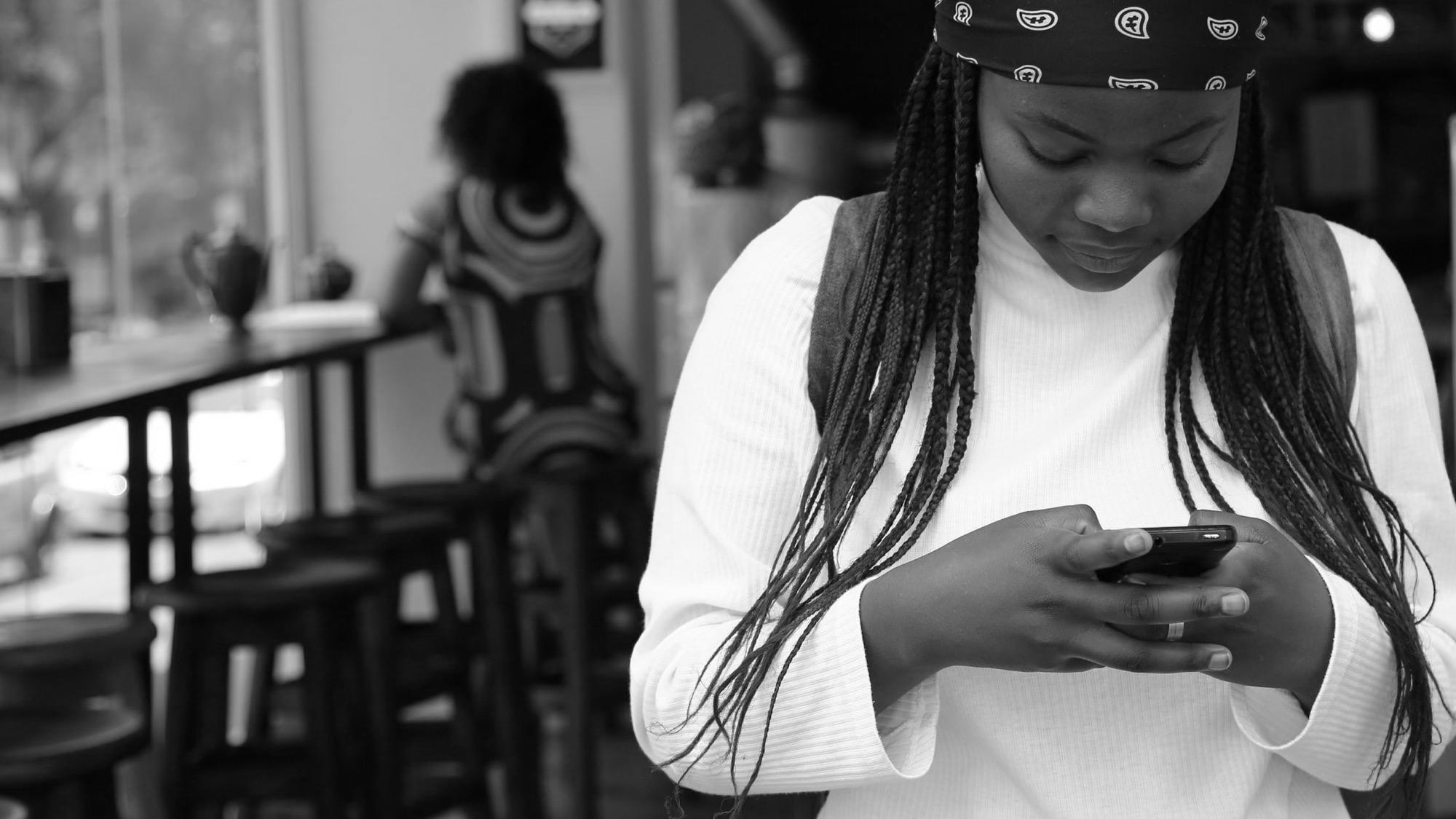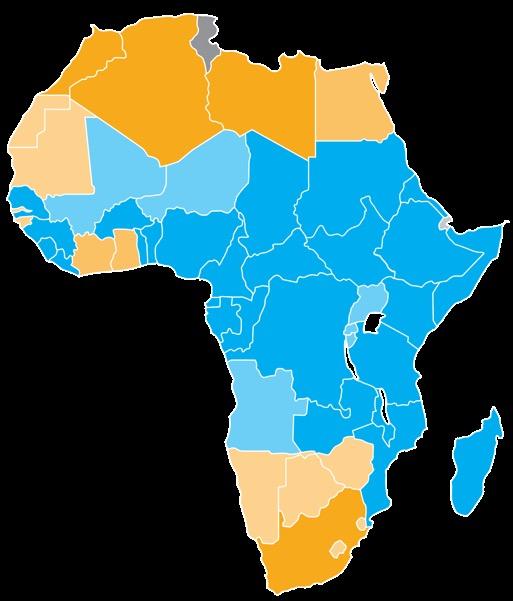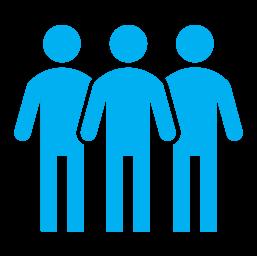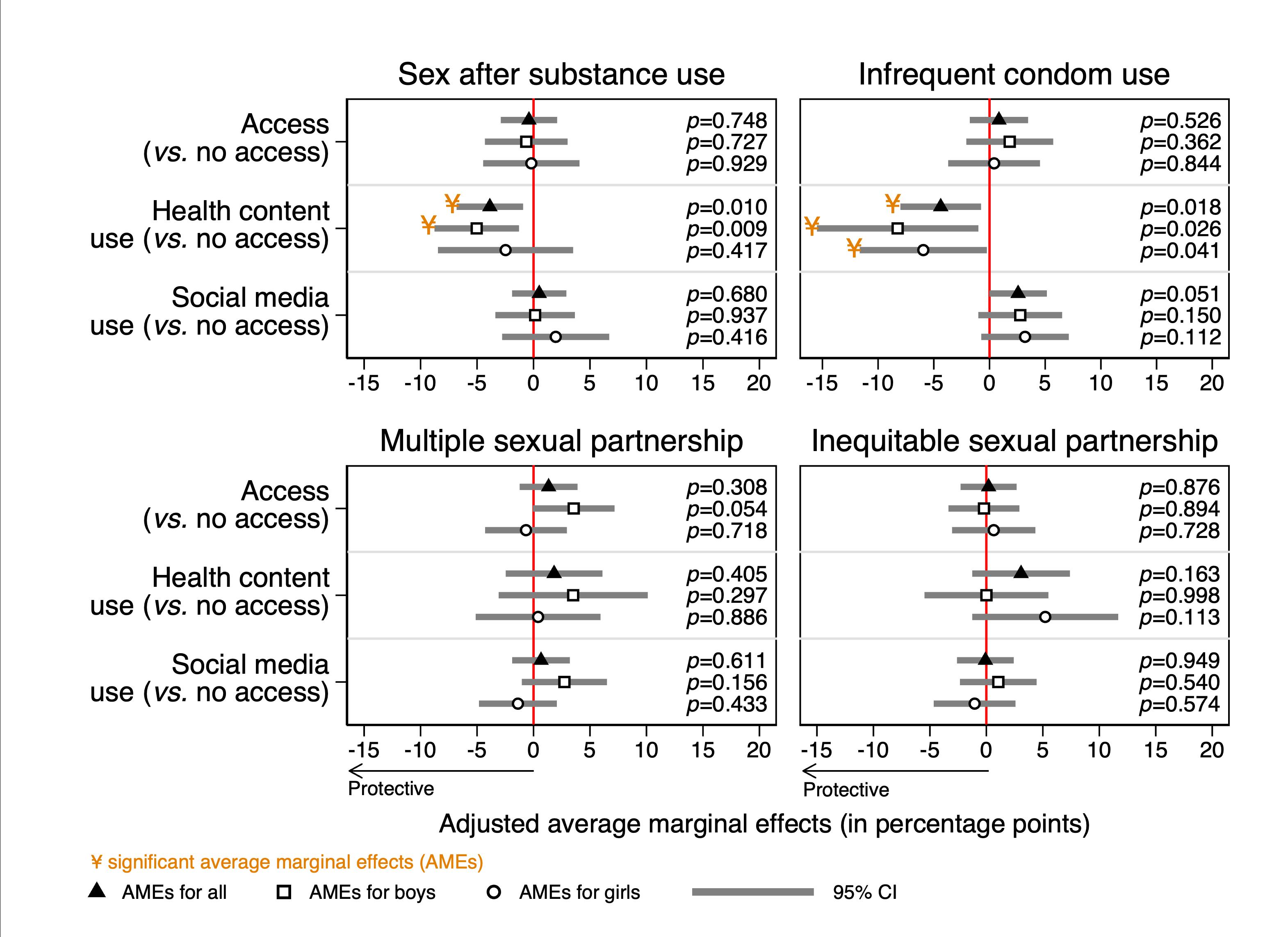OPTIMIZING SEXUAL AND REPRODUCTIVE HEALTH FOR OUR ADOLESCENTS AND YOUNG PEOPLE






 Prof Cathy Ward, Dr Hlengiwe Sacolo, Chelsea Coakley, Consolata Nsanzimpaka Nsanzubuhoro, A/ Prof Elona Toska
Prof Cathy Ward, Dr Hlengiwe Sacolo, Chelsea Coakley, Consolata Nsanzimpaka Nsanzubuhoro, A/ Prof Elona Toska







 Prof Cathy Ward, Dr Hlengiwe Sacolo, Chelsea Coakley, Consolata Nsanzimpaka Nsanzubuhoro, A/ Prof Elona Toska
Prof Cathy Ward, Dr Hlengiwe Sacolo, Chelsea Coakley, Consolata Nsanzimpaka Nsanzubuhoro, A/ Prof Elona Toska


Africa has the youngest population in the world and will count
100 millions more youth by 2030 (UN DESA, 2019)
New HIV infections among adults (aged 15 years and older) every day

Among young men (aged 15-24 years)
Among young women (aged 15-24 years)

Among young people (aged 15-24 years)
Africa has the highest number of HIV infections and highest number of new infections among among youth (UNAID, 2020)



Access to internet: 69% of youth worldwide (40% only in Africa)

Public health experts and policymakers suggest that the use mobile phone for health will improve ASRHR
With the increasing internet coverage, mHealth presents opportunities to increase adolescent’s SRH knowledge
Future mHealth programme implementations can benefit from ongoing research on the topic


• No significant association between phone access and sexual risk behaviours
• Health content use is associated with reduced risks of sex after substance use (in general and mainly for boys) and infrequent condom use (in general and for both boys and girls)

Banougnin, Toska, et al. analyses in progress.


















1.
To understand initial impressions of the look and feel, usability and content of the App including the acceptability of survey questions.

To explore potential barriers and facilitators to initial engagement.

To explore experiences and lessons learnt (what worked well and what didn’t)



1. To use the inbuilt data collection system, pre- and postintervention surveys, and qualitative interviews to investigate initial evidence of effectiveness on target outcomes by evaluating the effect of the programme on primary and secondary outcomes

2. To examine the impact of the Love Land App in promoting positive behaviour change (including developing adolescents’ decision making, communication and negotiation skills in a safe virtual environment to prevent early sexual initiation, unwanted pregnancies, STIs and sexual violence).

• POPULATION: age-group, location, platform (school, community), etc.
• INTERVENTION: design refined and tested with young people
• CONTROL: school-based study?

• OUTCOME(S): knowledge, beliefs, norms, self-reported practices, access to SRH services
• TIMELINE: how long do we expect change to take place in/ happen









Access and social media use were non-protective of multiple sexual partnership for boys but protective for girls


• Does it work the same for adolescent boys and girls?
• Does it work differently when delivered in schools or out-of-school clubs?
• Are facilitators (peers, teachers, etc.) needed?
• YOUR EXAMPLES?







